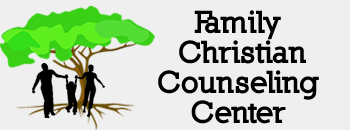Developing Brain
A Number of Things to Remember about Child Development
I just finished reading an article from Harvard’s Center on the Developing Child and wanted to summarize the things they want us to remember about how children develop.
“Development is a highly interactive process, and life outcomes are not determined solely by genes.” - The environment in which one develops before and soon after birth provides powerful experiences that chemically modify genes in ways that then define how much they are expressed.
Nurture and Nature
“While attachments to their parents are primary, young children can also benefit significantly from relationships with other responsive caregivers both within and outside the family.” - Multiple caregivers can promote young children’s social and emotional development but frequent disruptions in care and high staff turnover and poor-quality interactions in early childhood program settings can undermine children’s expectations about whether their needs will be met.
“A great deal of brain architecture is shaped during the first three years after birth, but the window of opportunity for its development does not close on a child’s third birthday.” - The basic principle that “earlier is better than later” generally applies, but the window of opportunity for most brain development remains open far beyond age 3, and we remain capable of learning ways to “work around” earlier impacts well into our adult years.
“Severe neglect appears to be at least as great a threat to health and development as physical abuse.” - Research suggests that sustained disruption of interactions in early relationships may be more damaging to the developing architecture of the brain than physical trauma, yet it often receives less attention.
There is Hope
“Young children who have been exposed to adversity or violence do not invariably develop stress-related disorders or grow up to be violent adults.” - This one to me was very encouraging. Although children who have had adverse experiences are at greater risk for negative impacts on brain development and later problems with aggression, they are not doomed to poor outcomes. They can be helped substantially if reliable and nurturing relationships with supportive caregivers are established as soon as possible and appropriate treatments are provided as needed.
“Simply removing a child from a dangerous environment will not automatically reverse the negative impacts of that experience.” - Children who have been traumatized need to be in environments that restore their sense of safety, control, and predictability, and they typically require therapeutic, supportive care to facilitate their recovery.
Relationships
“Resilience requires relationships, not rugged individualism.” - Despite the widespread belief that people need only draw upon some heroic character, science now shows us that it is the reliable presence of at least one supportive relationship and multiple opportunities for developing effective coping skills that are the essential building blocks for developing the capacity to do well in the face of significant adversity.
As I read through these I found myself encouraged all the more in the work that we do. It is difficult and humbling but (at least to me) the parents and caregivers that are persevering everyday are the true heroes. Let us never stop encouraging each other.
If you would like to read more about the Center's work with children please click on the link.
